Geranium neglectum
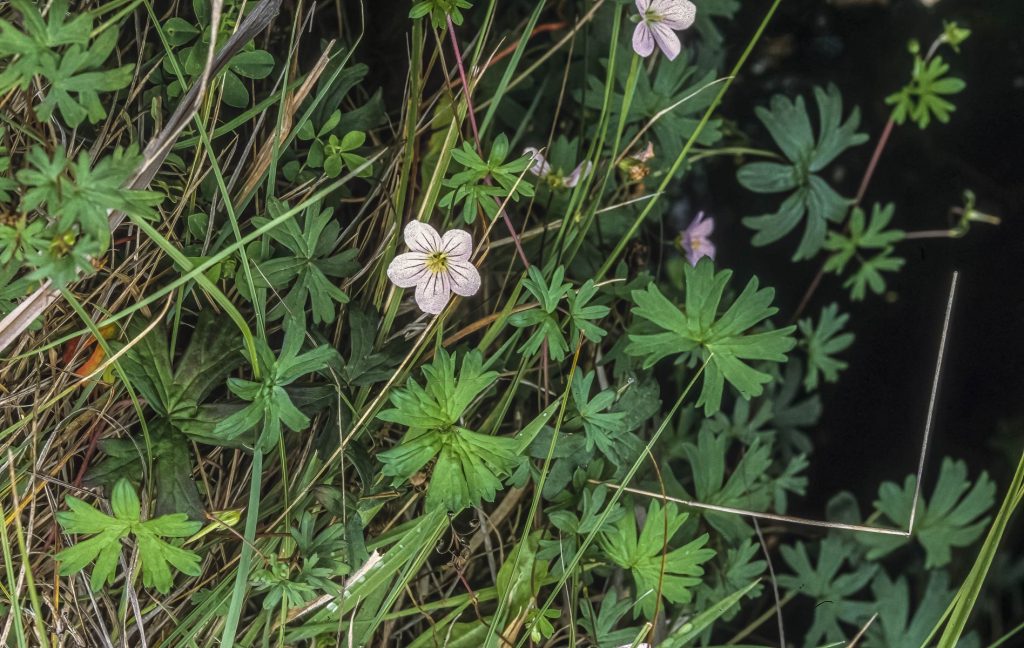
A soft, herbaceous, spreading-prostrate-decumbent perennial, to about 120 cm long, sometimes rooting at the nodes; with a thick short taproot.
Geranium potentilloides
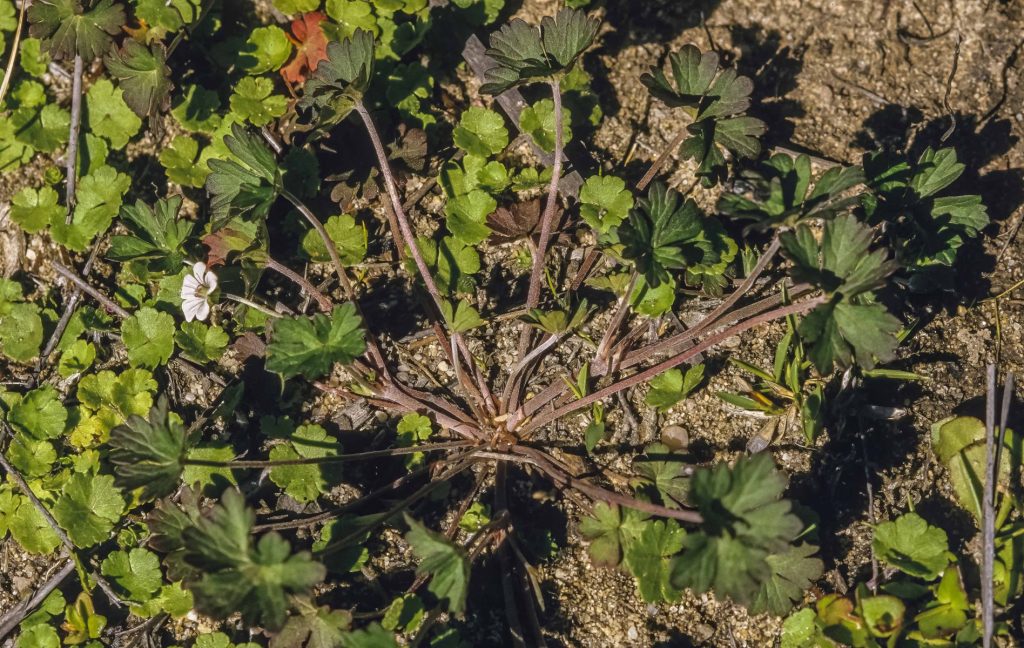
A soft, herbaceous, spreading-prostrate perennial, that can grow up to 0.5 m high; with a thickened taproot; can root at nodes forming extensive clumps.
Geranium graniticola
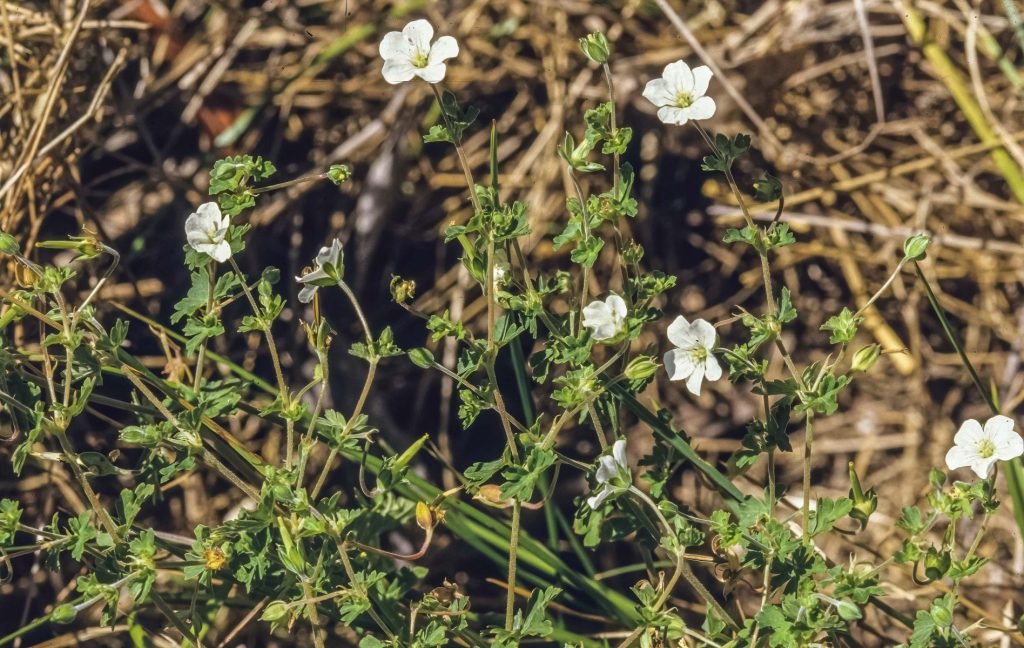
A soft, herbaceous, sprawling-prostrate-decumbent, perennial with stems to 50 cm long, finely hairy and with a thick taproot.
Geranium homeanum

A soft, herbaceous, creeping-spreading (mostly prostrate), annual or perennial herb to 0.3 metres tall and with stems to 70 cm long; potentially spreading to many metres wide by rooting at the nodes; otherwise often growing in colonies; with a fleshy branching taproot.
Geranium solanderi
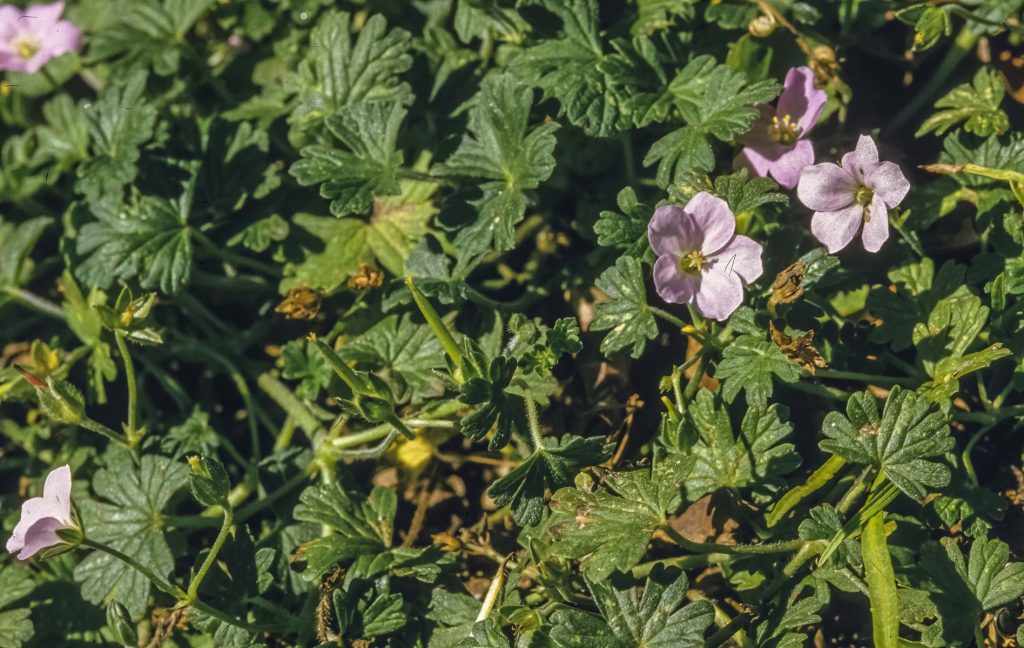
A very soft, herbaceous, spreading/creeping perennial herb that grows to about 0.2 m tall and about 1 metre wide with a basal taproot; often forming ground-covering colonies by rooting at the nodes.
Xerochrysum viscosum
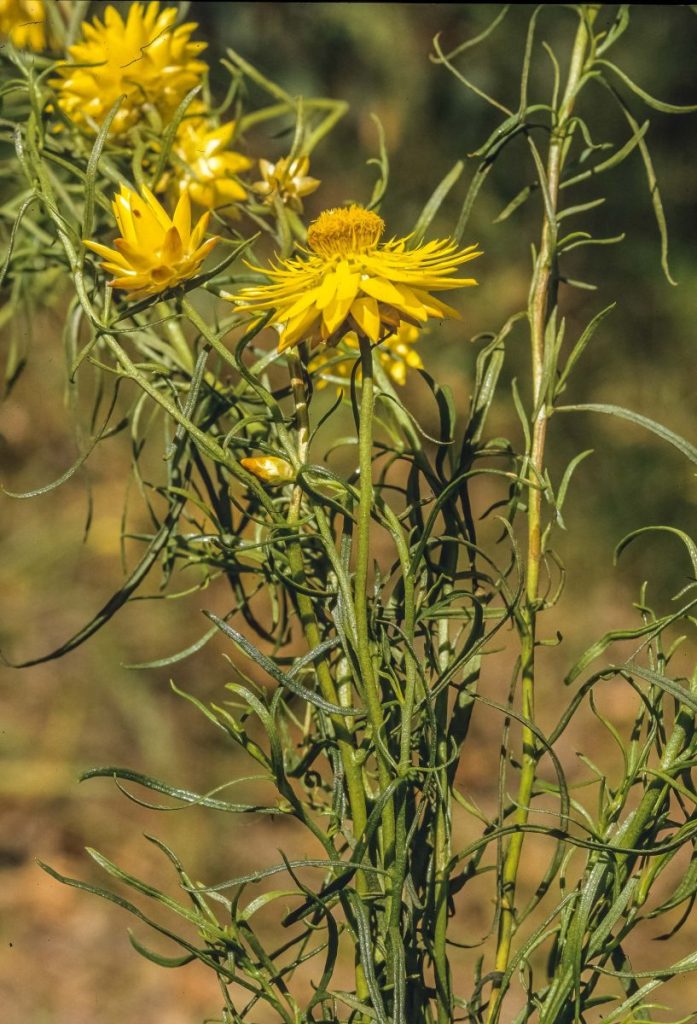
A soft, herbaceous low-growing annual or biennial plant (occasionally perennial) to about 0.75 metres high by about 0.5 metres wide, single or multi-stemmed with stems sticky.
Xerochrysum bracteatum

A soft, mainly herbaceous perennial, single or multi-stemmed, sometimes growing with an erect shrub-like habit, to about 1 m tall, usually with a narrow spread. It can vary in its habit with some forms annual and others perennial.
Bossiaea prostrata
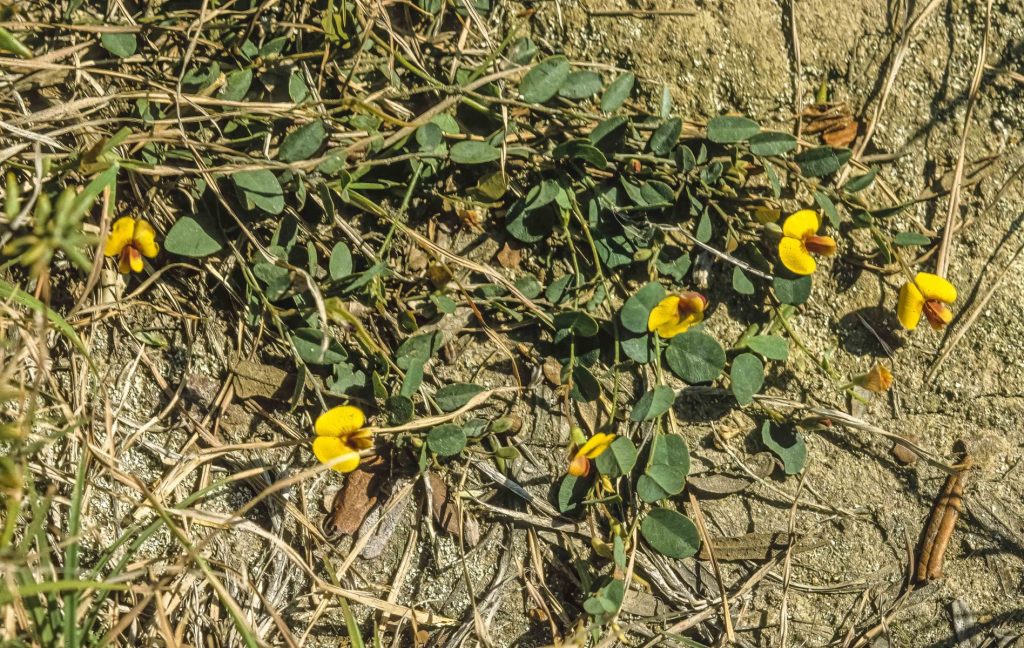
A prostrate shrub, best described as a groundcover, with stems to 0.2 m long and only growing to about 5 cm above ground level.
Dichondra repens
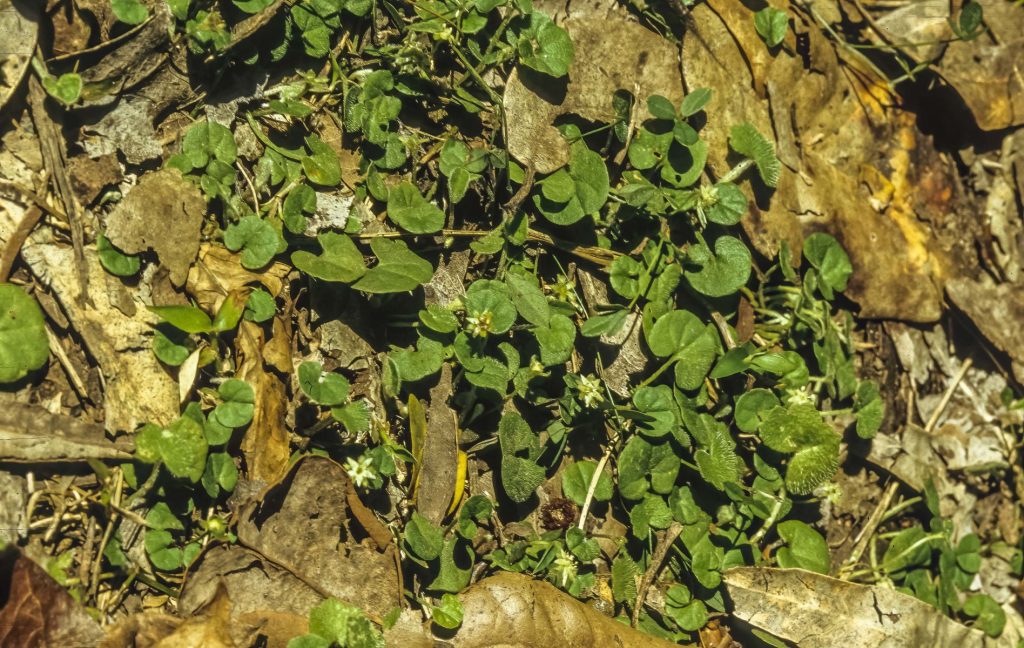
It has a widespread natural distribution, occurring commonly through the entirety of the coastal subdivisions of NSW, as well as commonly in the tablelands and western slopes, extending to the south-western plains. It spreads up the coast and inland through Queensland, to Cairns. It occurs over most of Victoria and Tasmania and to the Adelaide and Port Lincoln-Kangaroo Island areas in South Australia as well as a long way north of here. It also occurs on the south and west coast of Western Australia, from Perth around to around Codingup.
Viola banksii
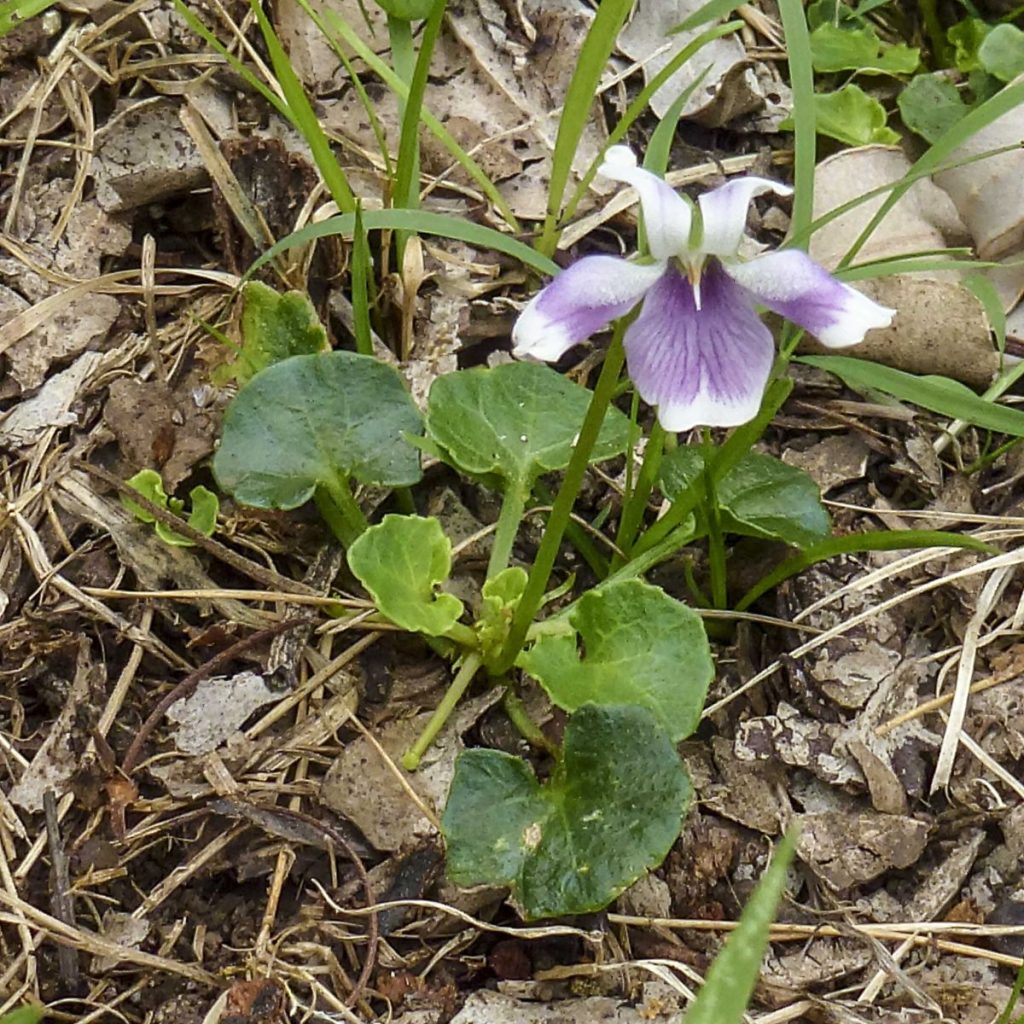
An herbaceous, and evergreen groundcover, which grows to 10 cm tall, but may spread to form a colony several metres wide, spreading by stolons.
Viola betonicifolia
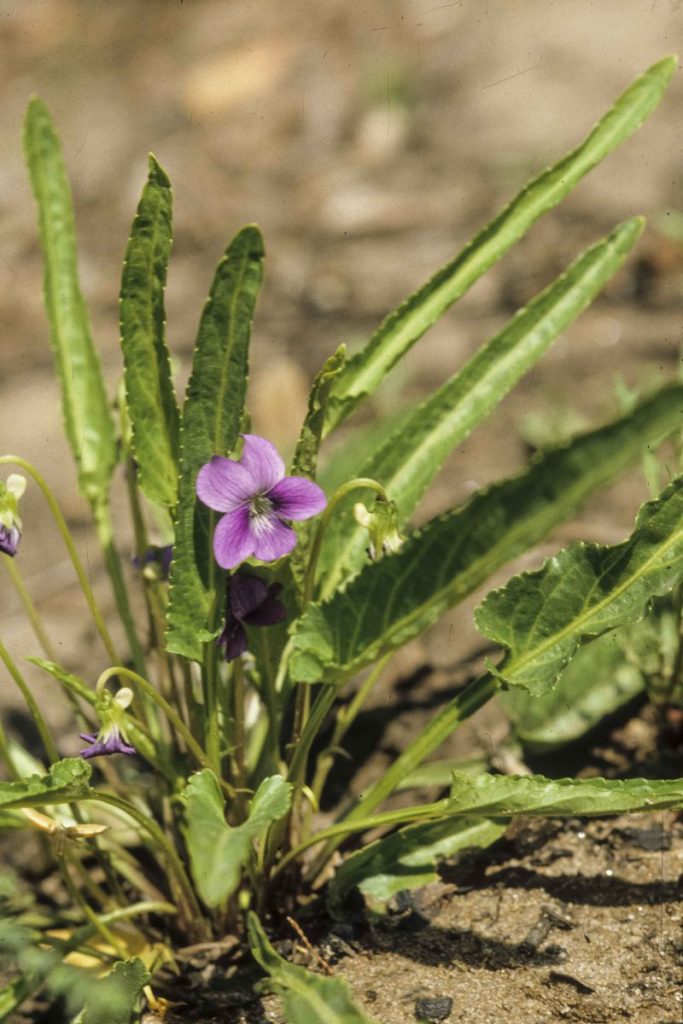
A small perennial herb which usually grows as one single plant (not forming colonies), but often found in clusters, with basal leaves.
Viola caleyana
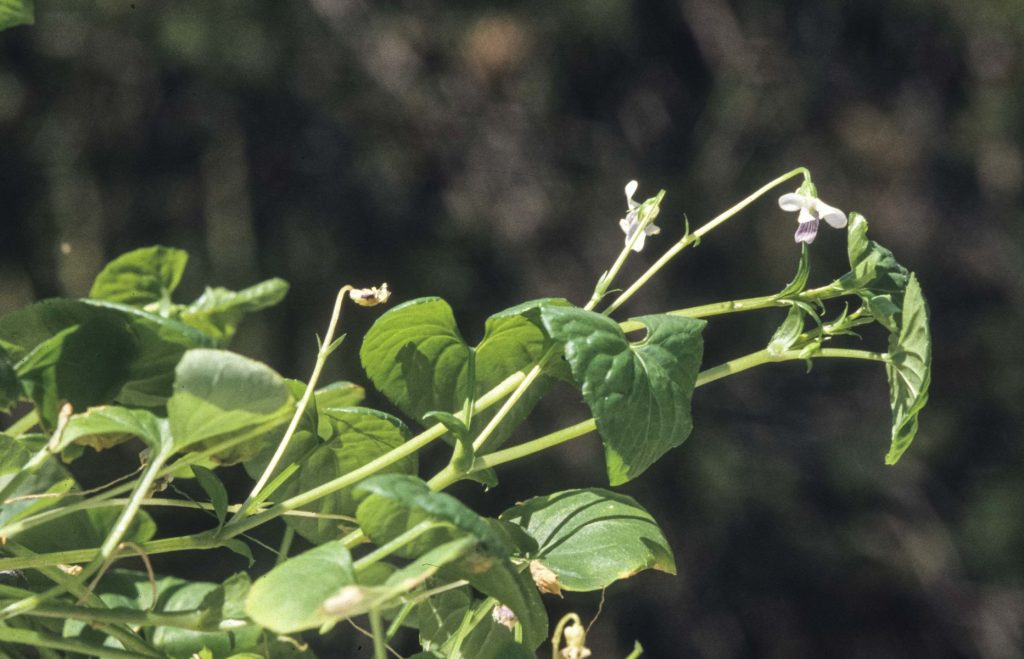
A herbaceous perennial with stems to 0.3 metres long and often trailing, not really forming dense colonies. It has a patchy occurrence in NSW, in the coastal and tablelands subdivisions
Viola sieberiana
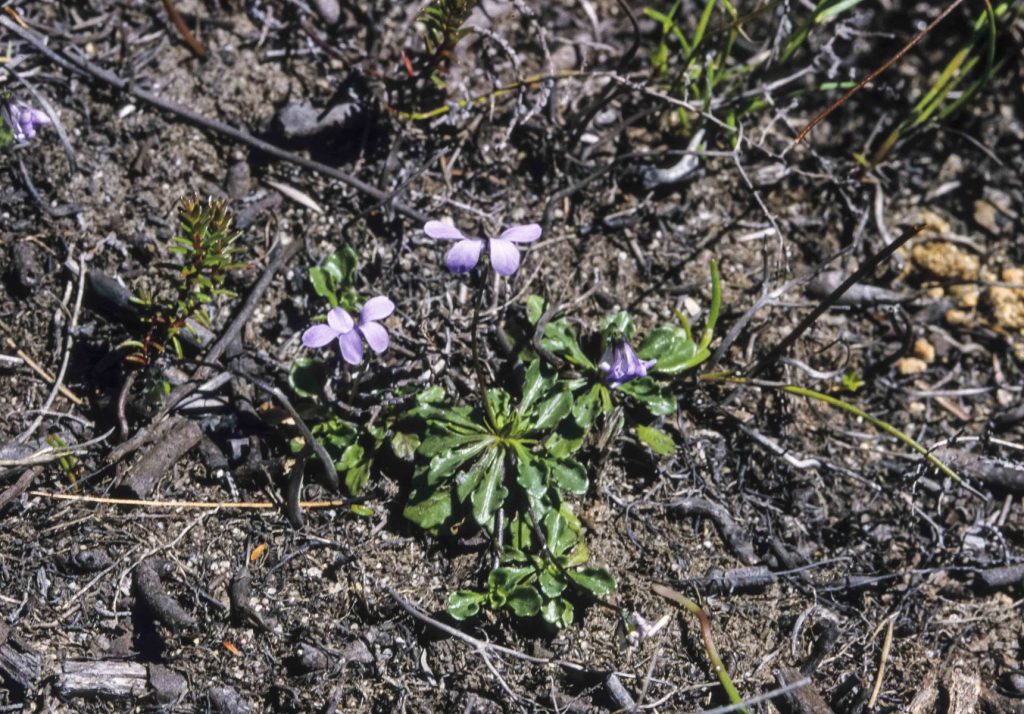
A short perennial herb spreading by stolons, forming clusters. In NSW, it has a mostly coastal and tablelands distribution (close to the boundaries)
Viola silicestris
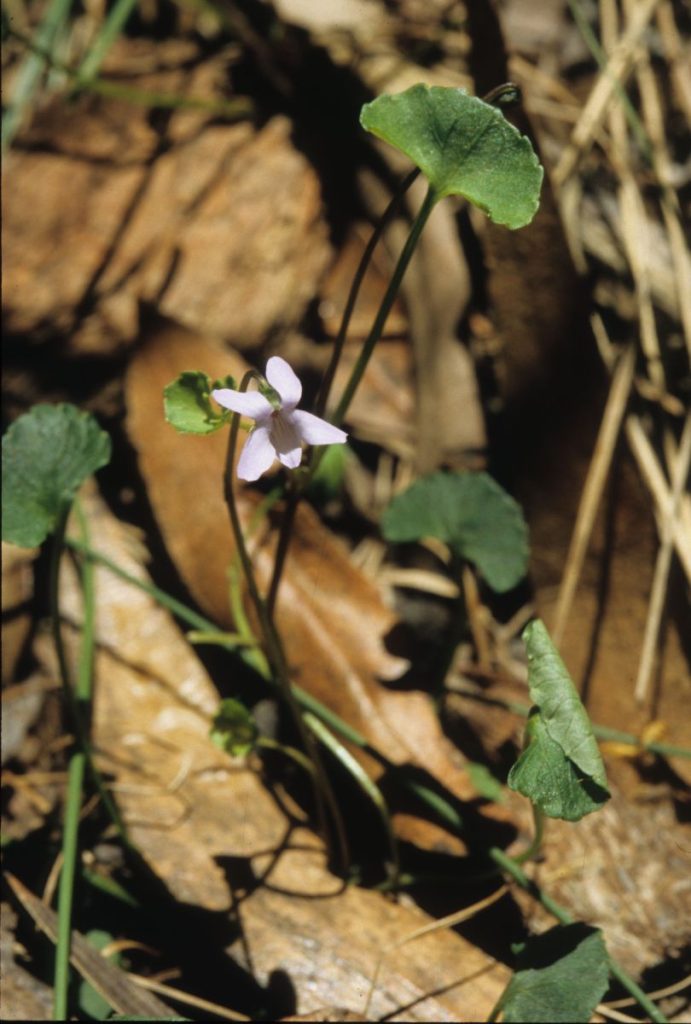
A herbaceous perennial, spreading by stolons and forming colonies. It has a mostly coastal distribution in NSW growing mainly in to the northern and southern state borders.
Pultenaea pedunculata
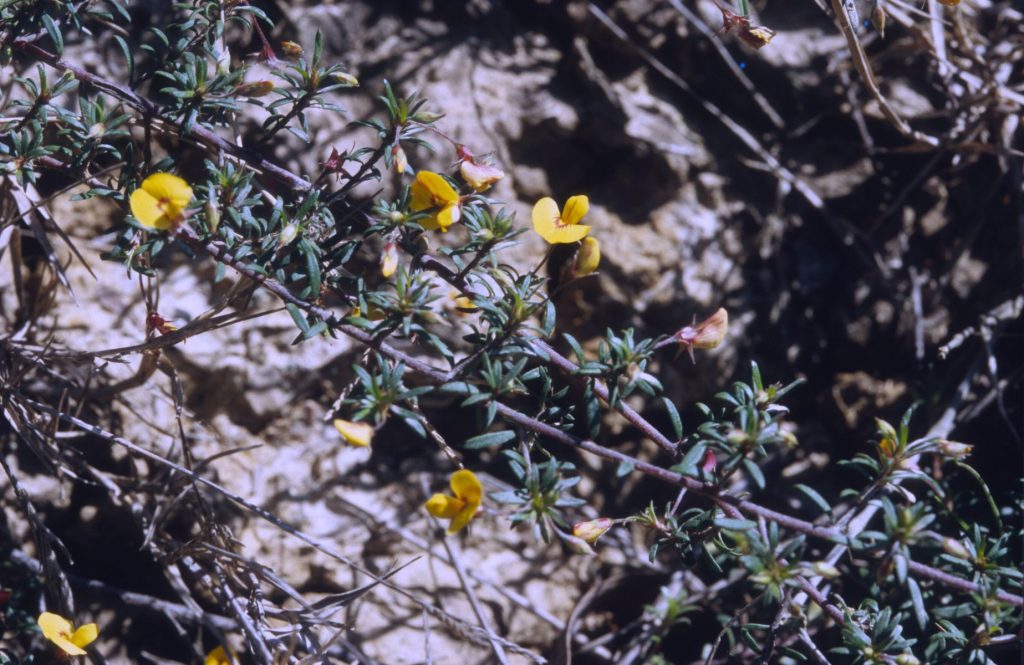
A prostrate shrub, which can form dense matts to 1 metre or more in diameter with softy-hairy branches. Branches are up to several metres long but rarely more than 20 cm off the ground, and often forming roots.
Callistachys scandens
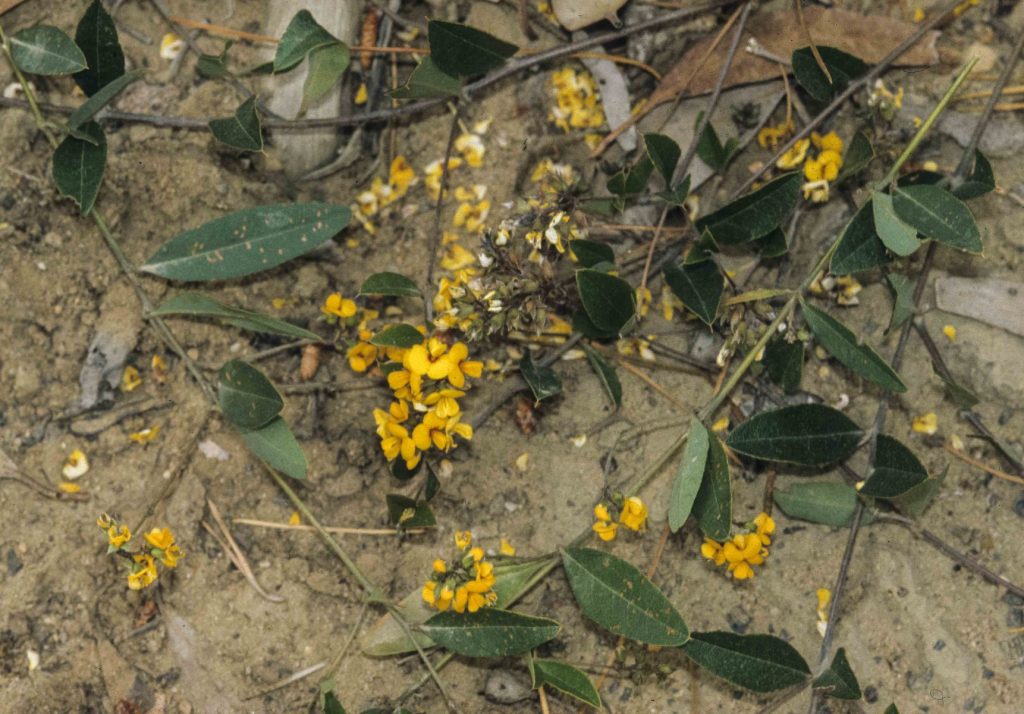
A low, spreading, prostrate and not overly vigorous groundcover-shrub, with stems up to 60 cm long. It has a mostly coastal distribution in NSW, stretching almost into the central tablelands and as far south as around Bega
Tetratheca juncea
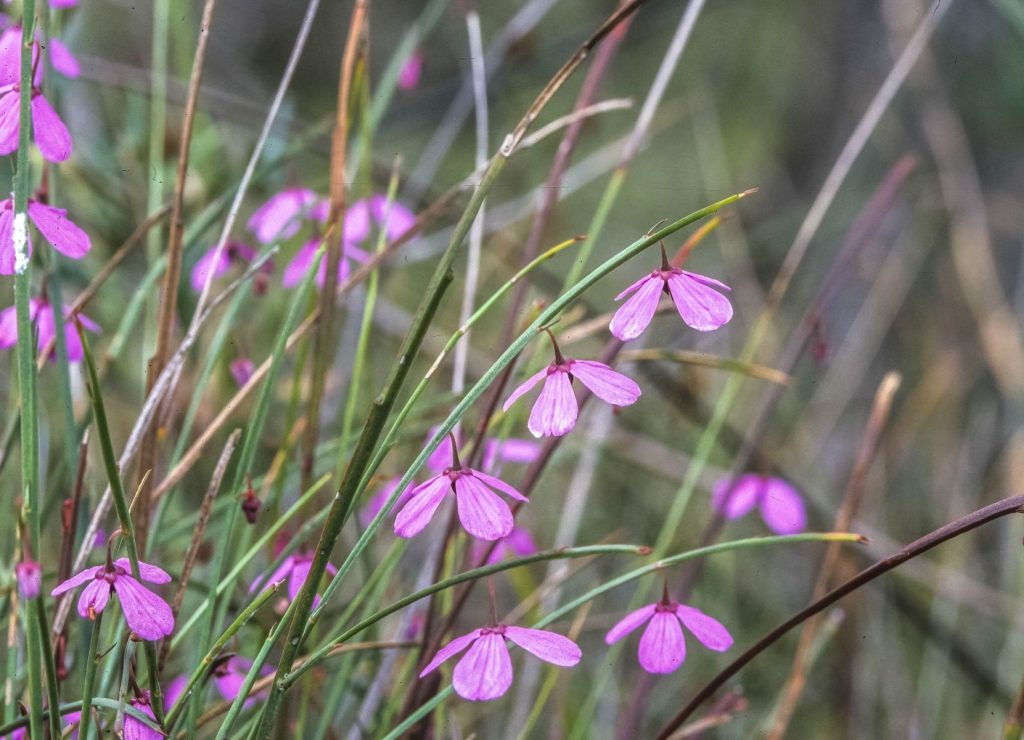
In this species, capsules are obovate to 8 mm long; with seeds to 4 mm long, brown in colour and with fine hairs
Zieria prostrata
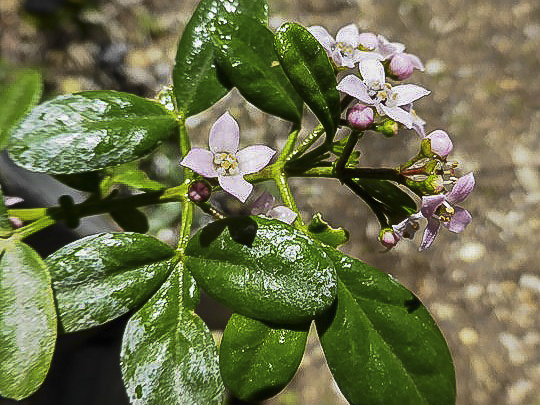
A prostrate shrub, only to a few centimetres tall, forming ground-covering mats to 0.5 or more metres.
Persoonia chamaepitys
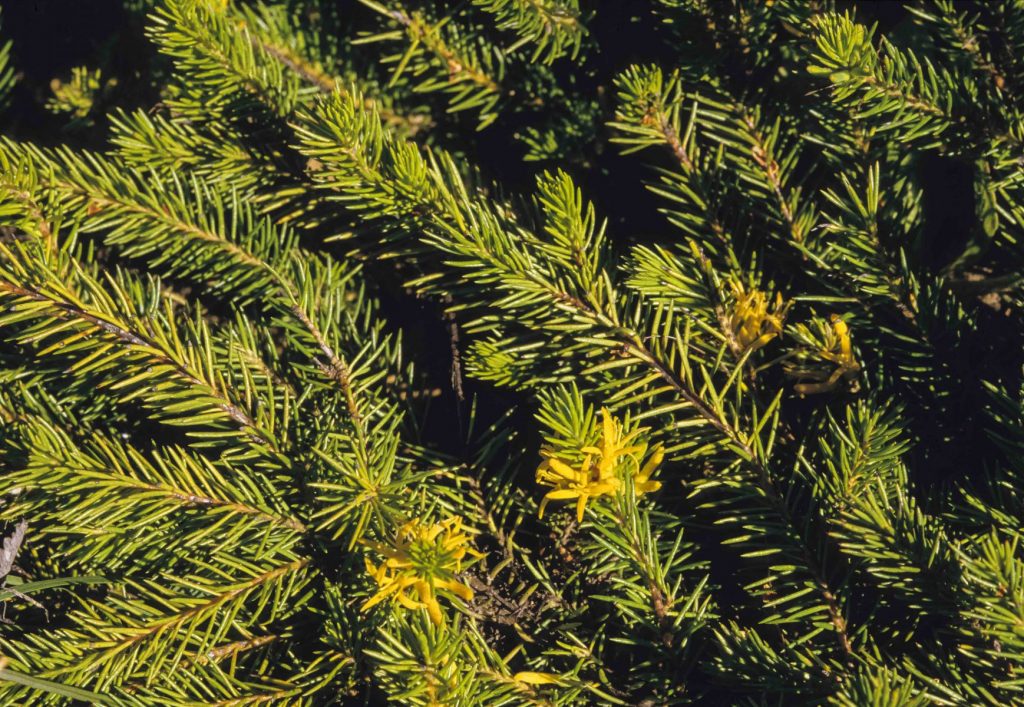
Persoonia chamaepitys – A prostrate shrub to about 0.2 metres tall, forming a dense ground layer (carpets) to 1 metre across and growing in colonies. It has a limited distribution, mainly west and north-west of Sydney, on sandy substrates and sandstone in dry sclerophyll forest.
Isopogon prostratus
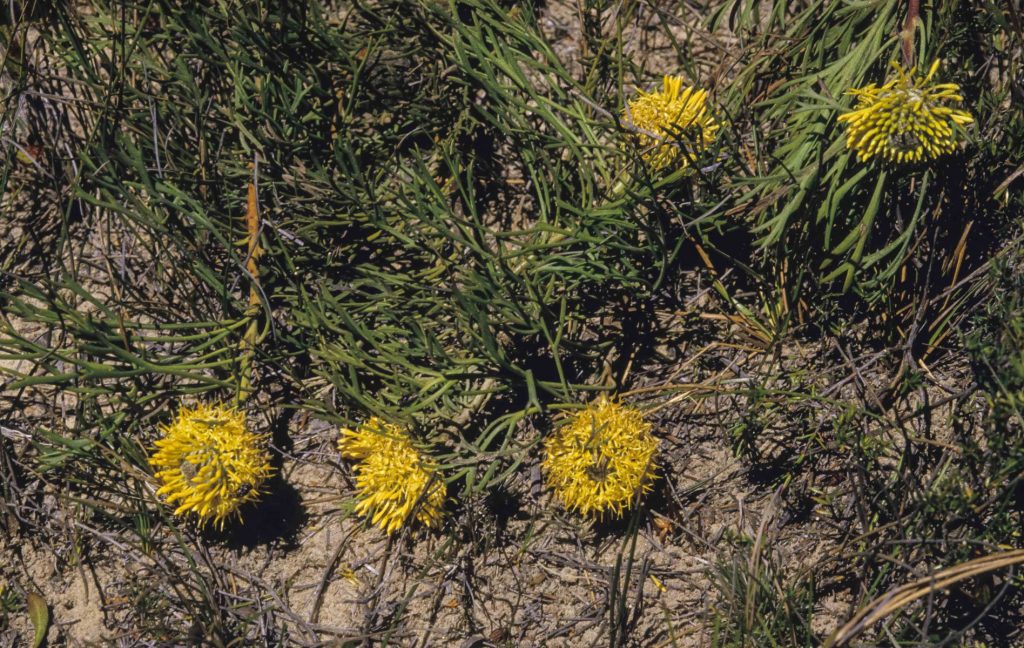
Isopogon prostratus – A prostrate shrub, usually producing a few branches, with reddish branchlets…
Grevillea laurifolia
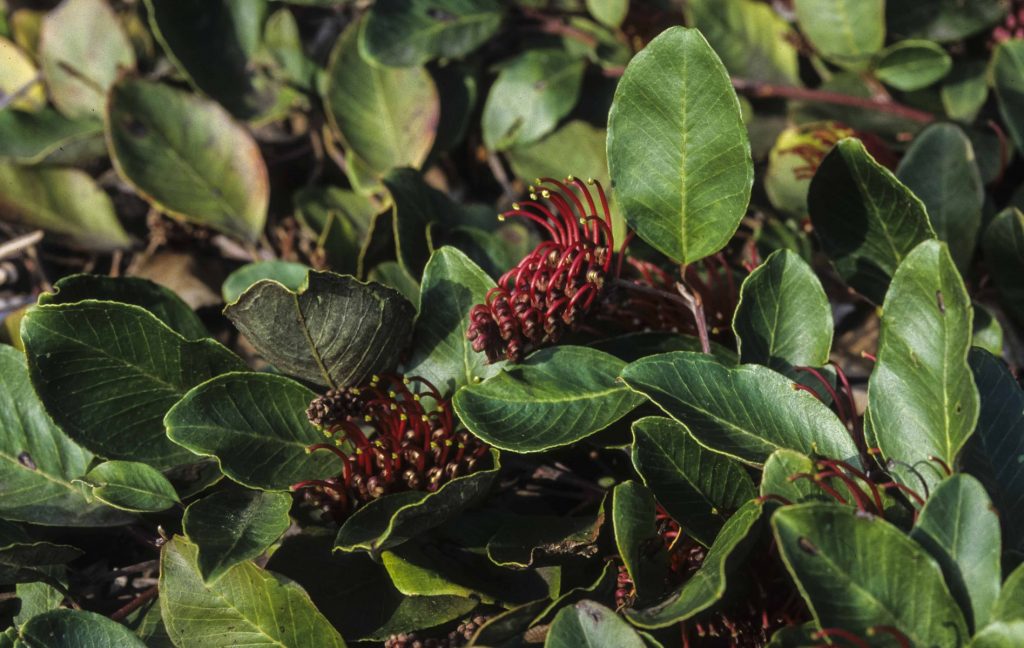
Grevillea laurifolia – A prostrate shrub, to 4 metres or more in diameter. It is endemic to NSW and found naturally in the Blue Mountains and on the ranges from the Newnes Plateau to the Wombeyan Caves (mostly near central coast and tablelands boundary).
Ajuga australis

Ajuga australis – A highly variable (polymorphic) and widespread species occurring in all regions of New South Wales, also in Queensland, Victoria, Tasmania, and South Australia. It can be found in a range of soils and habitats from coastal forests to the dry, mallee country.
Actinotus minor
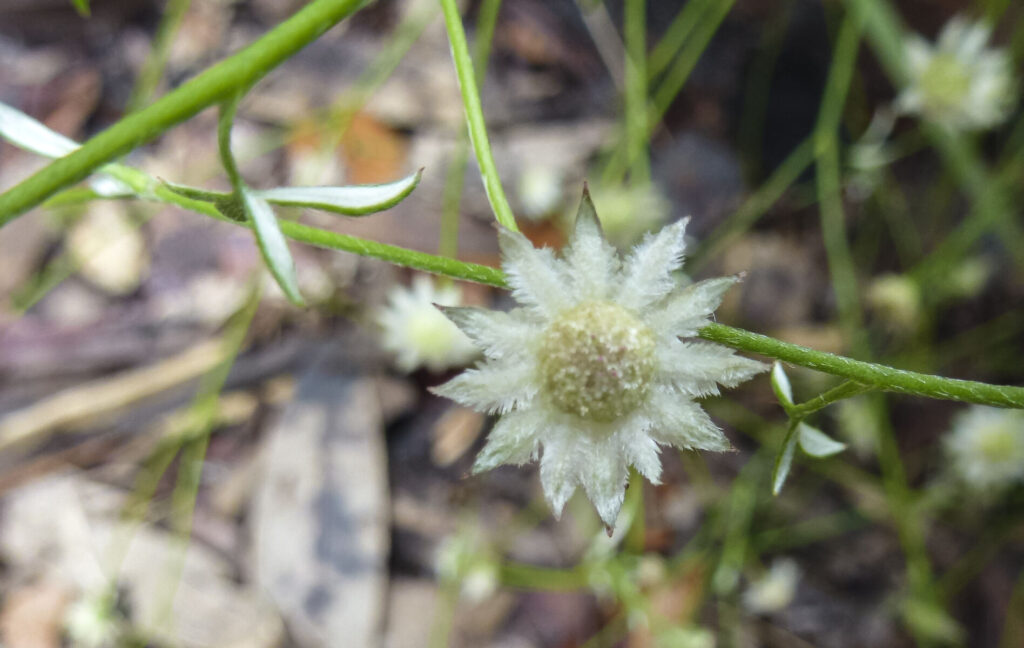
Actinotus minor a spreading perennial wiry herb, erect to spreading horizontally, 15–50 cm high, with long slender stems.
Actinotus forsythii
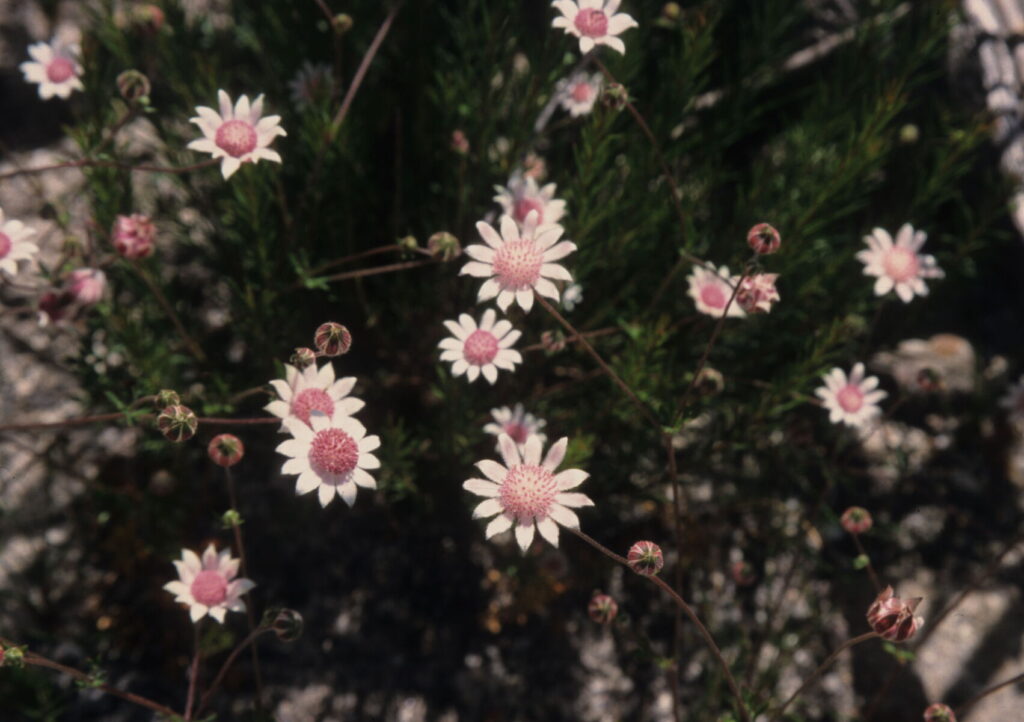
Actinotus forsythii is a herbaceous wiry perennial, mostly prostrate with stems to 50 cm long. It is typically found in the Blue Mountains, south of Katoomba, extending south to the south coast and southern tablelands.
Actinotus gibbonsii
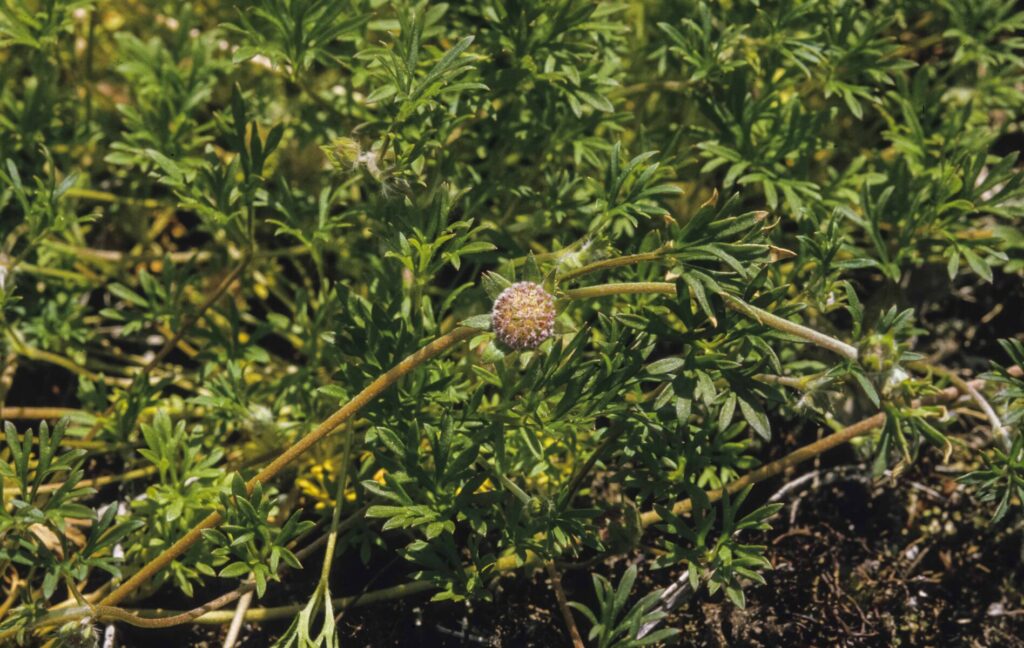
Actinotus gibbonsii is an annual or perennial herb with ascending or decumbent stems to 30 cm long growing in eucalypt woodland and shrubby heath in sandy (often red) soils. It has a natural distribution in NSW, generally from the coastal/tablelands boundaries to the western plains, extending into QLD and just into Victoria.
Viola hederacea
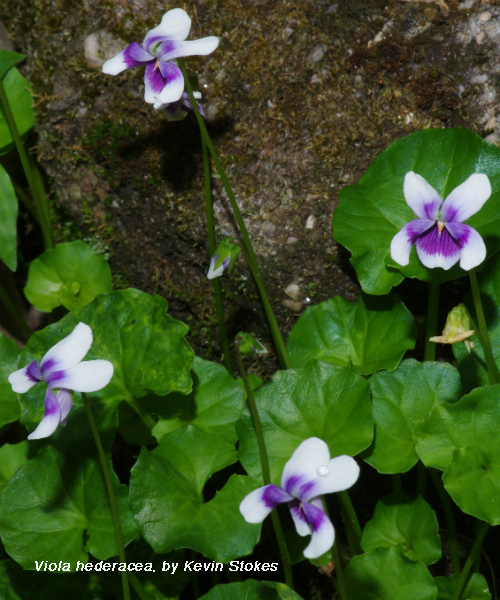
Viola hederacea is an evergreen tufted ground cover, which grows to 10 cm tall but may spread to form a colony several metres wide, spreading by stolons. It has round to kidney-shaped (reniform) leaves, to 3 cm wide, with variable toothing on the margins.
Brachyscome graminea
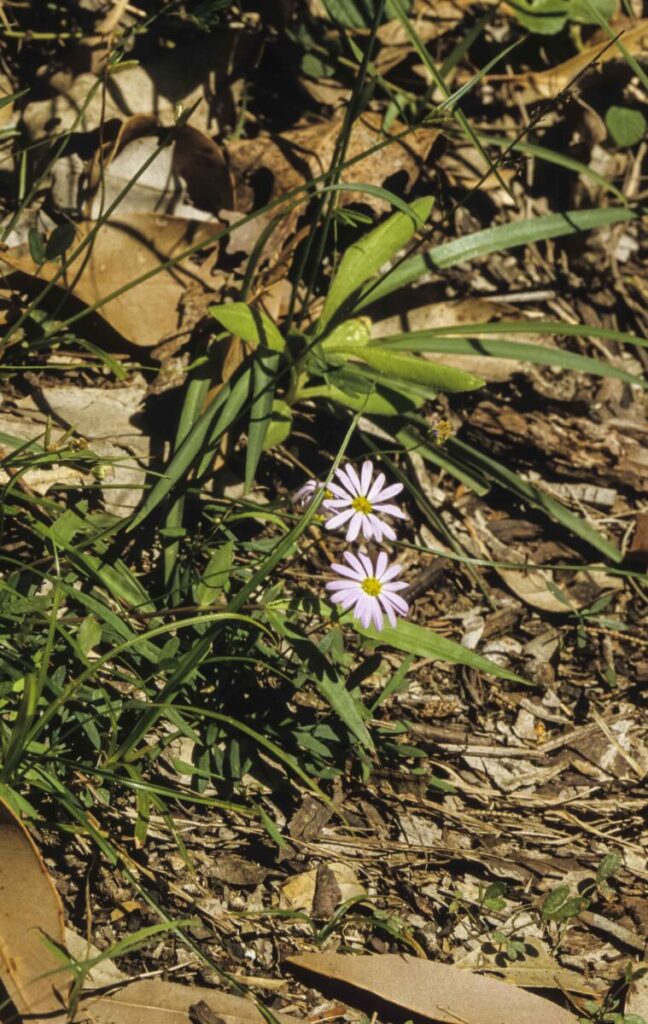
Brachyscome graminea is a herbaceous daisy and groundcover, growing in open forests from coasts to alpine areas of New South Wales, Victoria, Tasmania and South Australia. In NSW, it grows mainly on the coast and tablelands.
Trachymene incisa
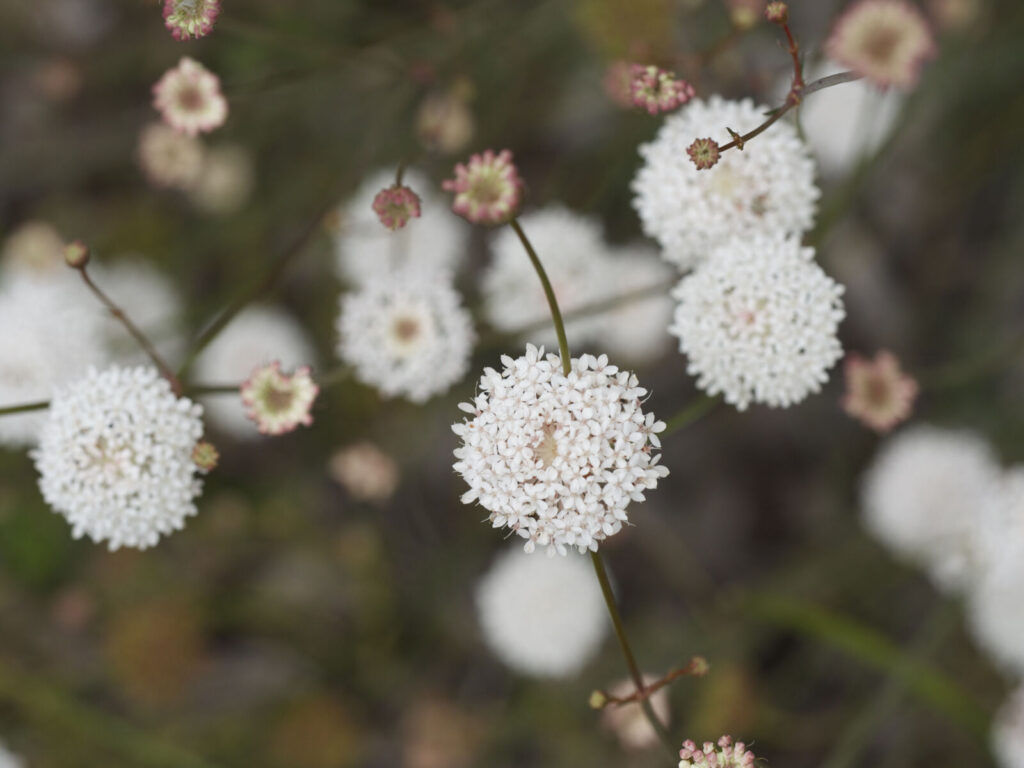
Trachymene incisa is a small plant with a small edible tap root, known as native parsnip. Mass plant to make an impact, using it as a low border in a cottage-style garden or in pots.
Pseuderanthemum variabile
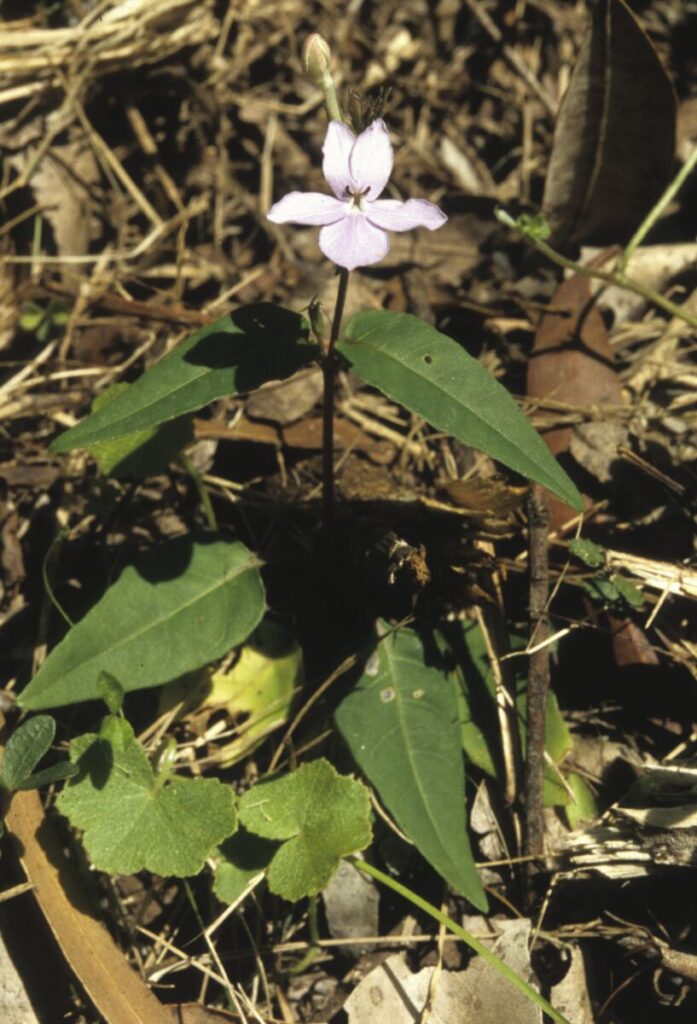
Pseuderanthemum variabile is a creeping perennial plant to 25 cm tall, with dark green opposite leaves up to about 7 cm long by up to 4 cm wide. The small flowers which appear between November and May can be white, lilac, purple or blue, often with spots near the middle. It is a food plant for caterpillars of a number of butterflies.
Vittadinia cuneata
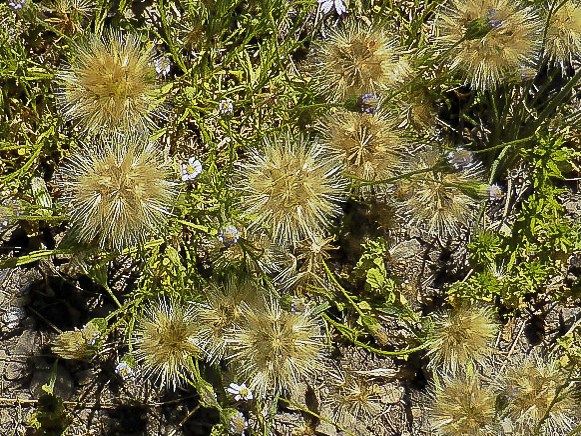
Vittadinia cuneata is a small woody annual or perennial herb reaching a height of about 30 centimetres. The leaves are wedge-shaped or oblong. Small daisy flowers are pale mauve to blue and the seed heads are similar to miniature dandelion heads (see thumbnail). Both flowers and seed heads are prolific. Spring and summer are the main flowering periods with sporadic flowers appearing at other times.
Scaevola ‘Mauve Mist’

Scaevola ‘Mauve Mist’ is a member of the Goodeniaceae family and is a cultivar of Scaevola albida. Species in this genus are usually known as Fan Flowers which refers to the flower shape. ‘Mauve Mist’ is a dense, suckering ground cover that forms a mat that may reach a diameter of one metre.
Scaevola ‘Aussie Salute’

Scaevola ‘Aussie Salute’ is a cultivar of the well known Scaevola aemula. This handsome, upright variety reaches a height of 40 centimetres with a spread of 50 centimetres. The lobed leaves are up to ten centimetres long and light green. During spring and summer plants become covered with large, purple-blue fan-shaped flowers. An ‘Aussie Salute’ in full flower is an eye-catching horticultural spectacle.
Rhodanthe anthemoides

Rhodanthe anthemoides, commonly known as Chamomile Sunray, is a compact native daisy with dark green foliage that grows to a maximum height of 30 centimetres. Rose-pink buds appear in winter and they are followed by masses of white flowers that are carried for many months. Light pruning is appreciated as flowers fade.
Pycnosorus globosus
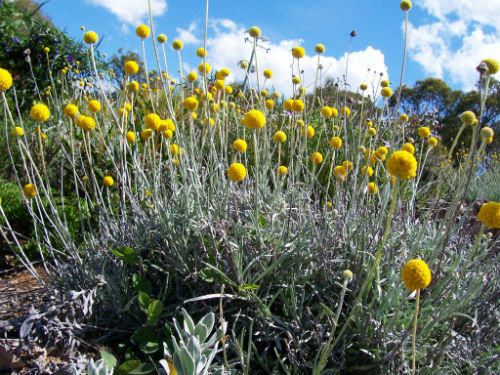
Pycnosorus globosus, Billy Buttons, a member of the Asteraceae (Daisy) family, is a dense ground cover with a spread of at least 50 centimetres. Soft leaves are grey, long and narrow. Golden globular flower heads are carried above the foliage on long stems. A large number of flowers appear in spring and summer. Mature plants may carry dozens of flower heads. The foliage provides a background to the flowers.
Podolepis jaceoides
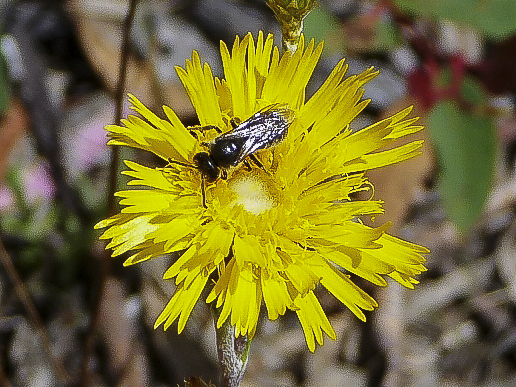
Podolepis jaceoides, the Showy Copper Wire Daisy, is an herbaceous plant with a perennial rootstock. Few or many stems arise from the rootstock annually and reach a height of about 50 centimetres. The number is probably dependent on weather conditions. Young stems are hairy.
Pelargonium australe
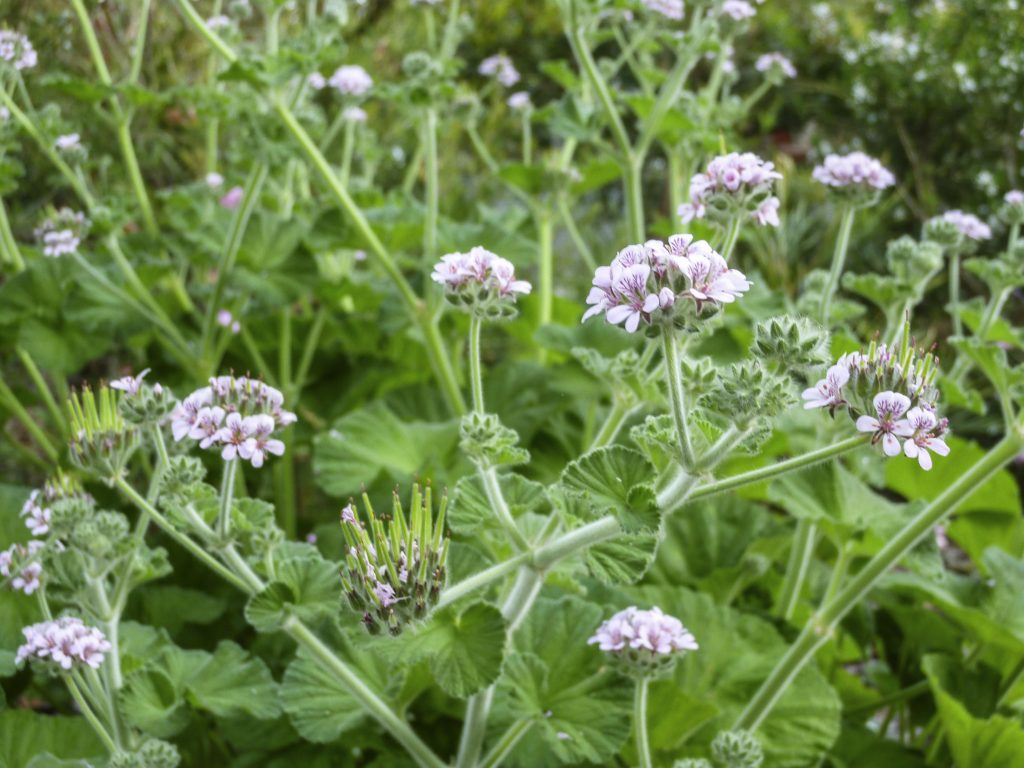
Pelargonium australe is found in all Australian states in coastal dunes and further inland in semi-arid areas. There are about 7 Australian members of the genus and Pelargonium australe is the best known and most widespread. Pelargonium and Geranium are often confused – however they do differ from each other by the shape of the flowers, with Pelargoniums having two larger petals while Geraniums have petals all of similar size.
